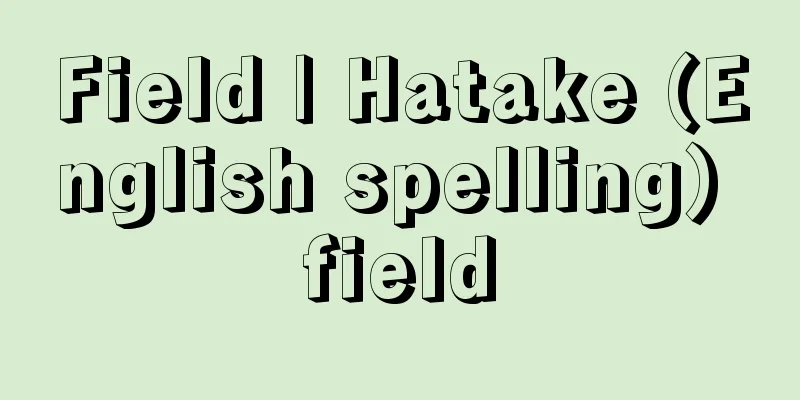Ufunoyashiro

|
In ancient Japan, shrines had fuko (kanbe) donated by the imperial court. It is said that they were established in the 7th year of Emperor Sujin's reign, but it is unclear. The fuko provided the labor force and economic base for the shrine management. At the beginning of the 9th century, there were about 170 shrines nationwide, with just under 5,000 fuko. Shrines without fuko are called mufu no yashiro (unsealed shrines). Source : Heibonsha Encyclopedia About MyPedia Information |
|
古代日本で朝廷から寄進された封戸(ふこ)(神戸(かんべ))を有する神社。崇神(すじん)天皇7年に制定されたというが明確でない。封戸からは神社経営の労働力や,経済基盤を得ていた。9世紀初頭,全国に約170社があり,5000戸弱の封戸があった。封戸を領さないものを無封社(むふのやしろ)という。
出典 株式会社平凡社百科事典マイペディアについて 情報 |
Recommend
Tone - Neiro
〘noun〙 The feeling and color of sound that is uniq...
Seisai's notes - Seisai Zakki
Miscellaneous writings compiled by Mukoyama Seisai...
Okina Inari - Okina Inari
... There are three types of popular deities that...
Children's clothes - Kodomo fuku
Clothes worn by children from infants to around th...
Sankt Christof (English spelling)
… Tyrol is also famous for its winter skiing. To ...
Distant Nationalist - Enkakuchi Nashonarist
…The disintegration into these smaller communitie...
Signet ring (English spelling) signet ring
…[Kouya Takahashi]. … *Some of the terminology th...
Orchestra - Gakudan
A band is a musical group that plays music togethe...
blank test
...When precision is required, a procedure is per...
Hour of the Horse - Umanokoku
= Uma (horse) ② (ha) ※Kokin Chomonshu (1254) 20 &q...
In Frit
…The oldest carvings, of elephants and hippos, ar...
Akamanuma Pond
...The hilly Boso Peninsula and Miura Peninsula a...
Gully
…Furthermore, valley head erosion also occurs, an...
Yabakei
A gorge formed by the erosion of Japan's large...
Neri, Filippo
Born: July 21, 1515, Florence Died May 26, 1595. A...









